Why Education Holds a Special Place in Korea
In Korea, education is often called the “engine of success.” Rooted in centuries of Confucian values, learning is not just about knowledge but also about respect, discipline, and social mobility. Parents, students, and teachers all share a strong belief that education is the key to a better future.
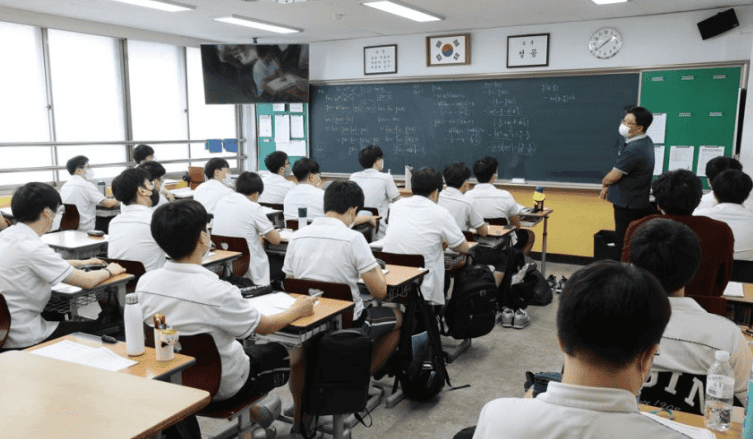
Historical Roots of Korean Education
Confucian Traditions and Scholars
During the Joseon Dynasty, Confucianism shaped Korea’s educational system. Scholars studied classics at seodang (private village schools) and prepared for civil service exams, emphasizing moral duty and scholarship.
Early Public Schools and Modernization
In the late 19th and early 20th centuries, Korea introduced modern schools influenced by Western education. This period marked the beginning of structured schooling for the masses.
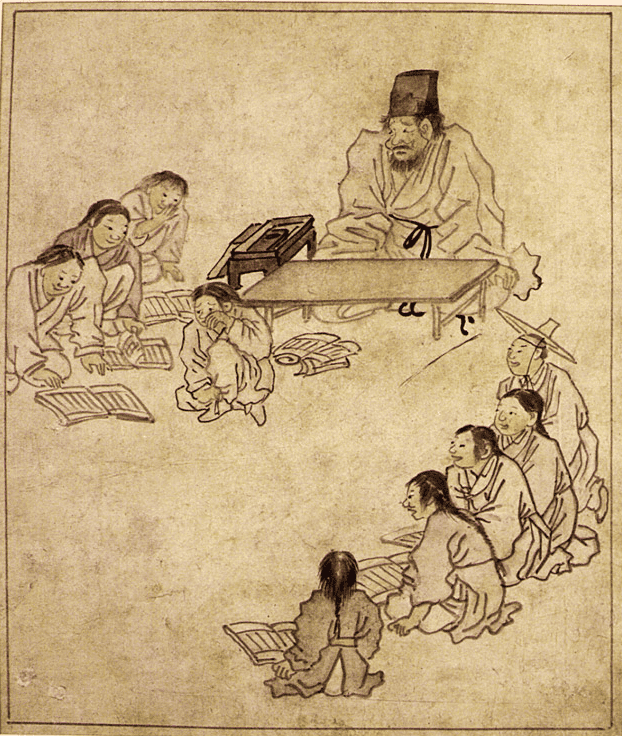
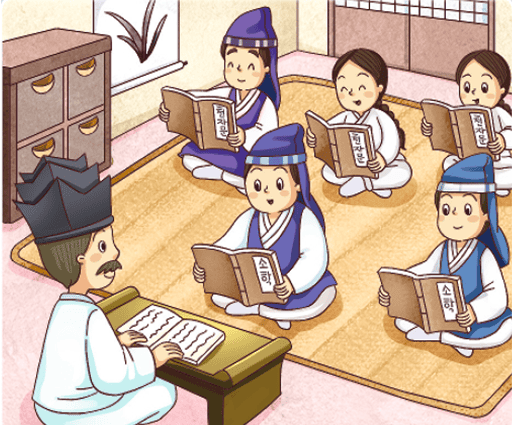
Structure of Today’s Education System
Elementary, Middle, and High School
Korea’s formal education system is divided into 6 years of elementary school, 3 years of middle school, and 3 years of high school. Subjects range from Korean language and mathematics to science, social studies, and foreign languages. Students also participate in art, music, and physical education, although academic subjects often receive the most emphasis.
University Entrance Exams (수능)
The College Scholastic Ability Test, known as Suneung, is the pinnacle of Korea’s education system. Held once a year, it determines admission to top universities and can shape future career opportunities. On exam day, flights are delayed during the listening portion to ensure silence nationwide – a sign of how seriously Koreans treat this test.
Private Academies (학원 Culture)
Beyond regular school hours, many students attend hagwons (private academies) for extra lessons in math, English, music, or other skills. This “shadow education” system is highly competitive, and while it boosts performance, it also adds pressure on students and families.
Strengths of the Korean Education System
High Academic Standards
Korean students consistently rank among the top in international assessments like PISA (Programme for International Student Assessment). Strong emphasis on discipline and hard work contributes to these results.
Global Recognition of Korean Students
Korean graduates excel in universities around the world. Their strong academic foundation makes them competitive in global markets, from technology to medicine.
Challenges and Criticisms
Pressure and Competition
The downside of Korea’s high standards is intense competition. Students face long study hours and stress, leading to concerns about mental health and quality of life.
Student Well-being
Critics argue that the system prioritizes results over creativity and happiness. Efforts are being made to reduce homework loads and promote holistic education, but challenges remain.
Efforts for Reform
Recent reforms aim to introduce more creativity-focused learning, reduce exam pressure, and expand vocational training opportunities.
Innovation in Korean Education
EdTech and Smart Classrooms
Korea is a global leader in integrating technology into education. Smartboards, AI tutors, and online platforms are common in schools, making learning more interactive.
Global Exchange and Study Abroad
Government programs encourage students to study abroad, while Korean universities attract international students. This exchange enriches Korea’s educational landscape.
Creative Learning Initiatives
From coding camps to arts education, Korea is pushing for balance between academic rigor and creativity. The goal is to prepare students for a fast-changing future.
How Education Reflects Korean Values and Future Vision
Korean education is deeply tied to cultural values of hard work, respect for elders, and collective success. It has lifted the country from poverty to global prominence in just a few decades.
Looking ahead, Korea seeks to balance excellence with creativity and well-being. Education will remain central to Korea’s vision of becoming a hub of innovation, culture, and knowledge in the 21st century.
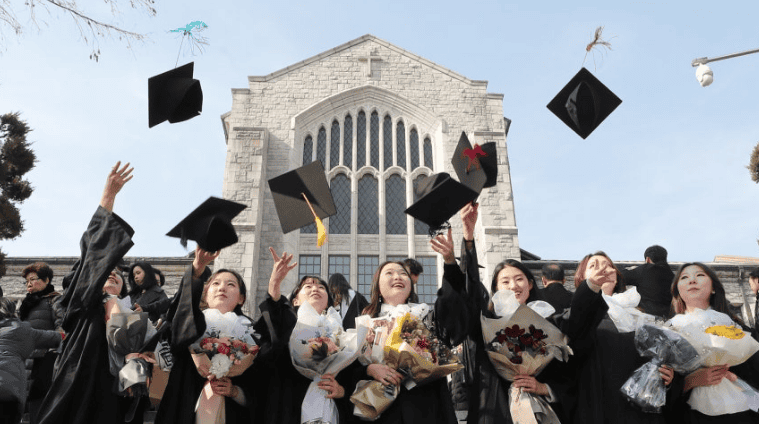
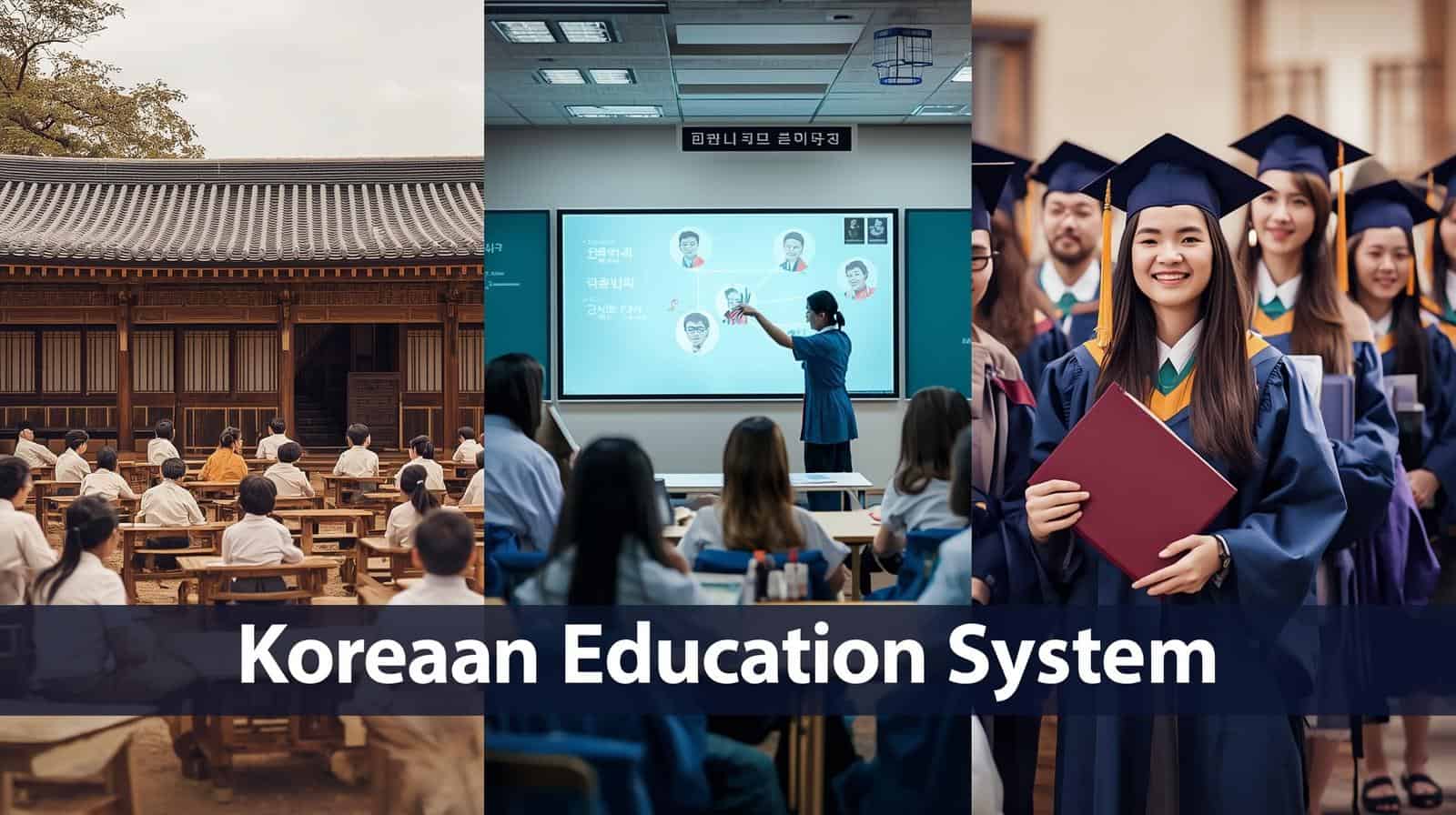
Leave a Reply